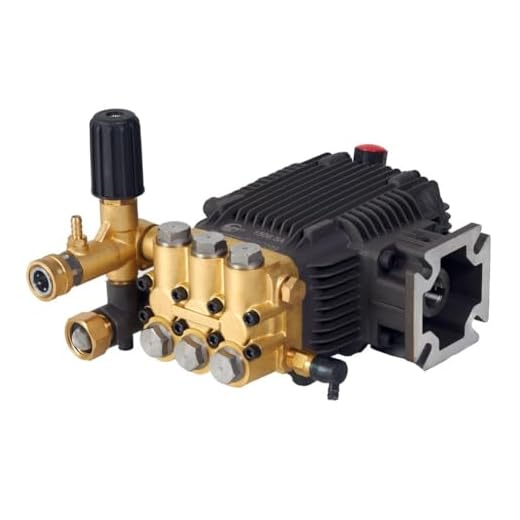



The high-pressure cleaning device can be identified by its distinct components, which often include a motor, pump, and hose assembly. The motor, usually electric or petrol-powered, serves as the driving force, converting energy into high-pressure water flow. Pay attention to the power ratings; devices range from 1400 to 4000 psi, impacting their cleaning capacity.
The pump is perhaps the heart of such equipment, responsible for generating the necessary pressure. There are two primary types: axial cam and triplex pumps. Each has its advantages; for example, triplex pumps are typically more durable and suited for heavy-duty tasks, making them ideal for rigorous cleaning applications.
Moreover, the nozzle plays a critical role in controlling water flow and pressure. Common types include turbo and fan nozzles, each tailored for specific cleaning needs. The adjustable angle of these nozzles can significantly enhance efficiency, allowing for everything from rinsing delicate surfaces to tackling stubborn grime.
When evaluating models, consider portability features. Many units come with wheels and handles for easy manoeuvring, and certain designs incorporate onboard storage for accessories such as nozzles and hoses. This attention to design enhances accessibility during use, allowing for a smoother cleaning experience.
Finally, durability is paramount. Look for materials that withstand various environmental conditions–both the outer casing and internal components must be sturdy. Brands that offer comprehensive warranties often indicate a commitment to quality, providing reassurance as you make your choice.
Key Components of a Pressure Cleaning Device
.jpg)
Focused assessment of the following parts can significantly enhance performance and longevity. The motor or engine is the heart, where electric or petrol configurations dictate power delivery. Opt for at least a 1.5 kW electric motor for effective use around homes, while petrol engines above 5 HP are ideal for tougher jobs.
Pump
The pump functions as the component that pressurises water. A triplex pump is preferable due to its durability and efficiency, typically providing a lifespan of over 500 hours. For residential applications, consider models with a pressure rating between 100 and 150 bars.
Nozzle
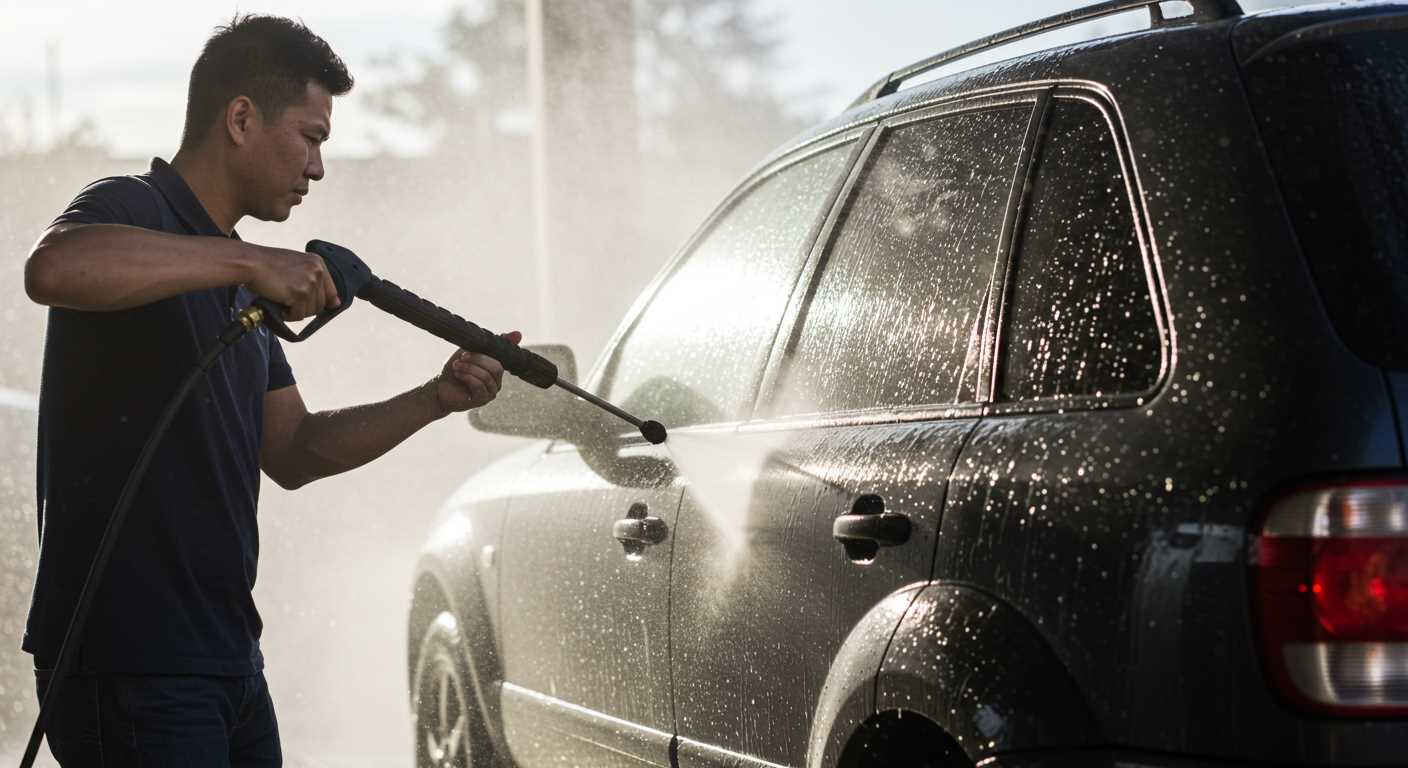
Selecting the right nozzle affects spray pattern and pressure. Adjustable nozzles provide versatility, while specific types, like turbo nozzles, increase cleaning power for stubborn stains. Always match the nozzle to the surface being treated; gentle sprays are best for delicate materials, while a strong jet suits harder surfaces.
Types of Pressure Cleaning Equipment and Their Features
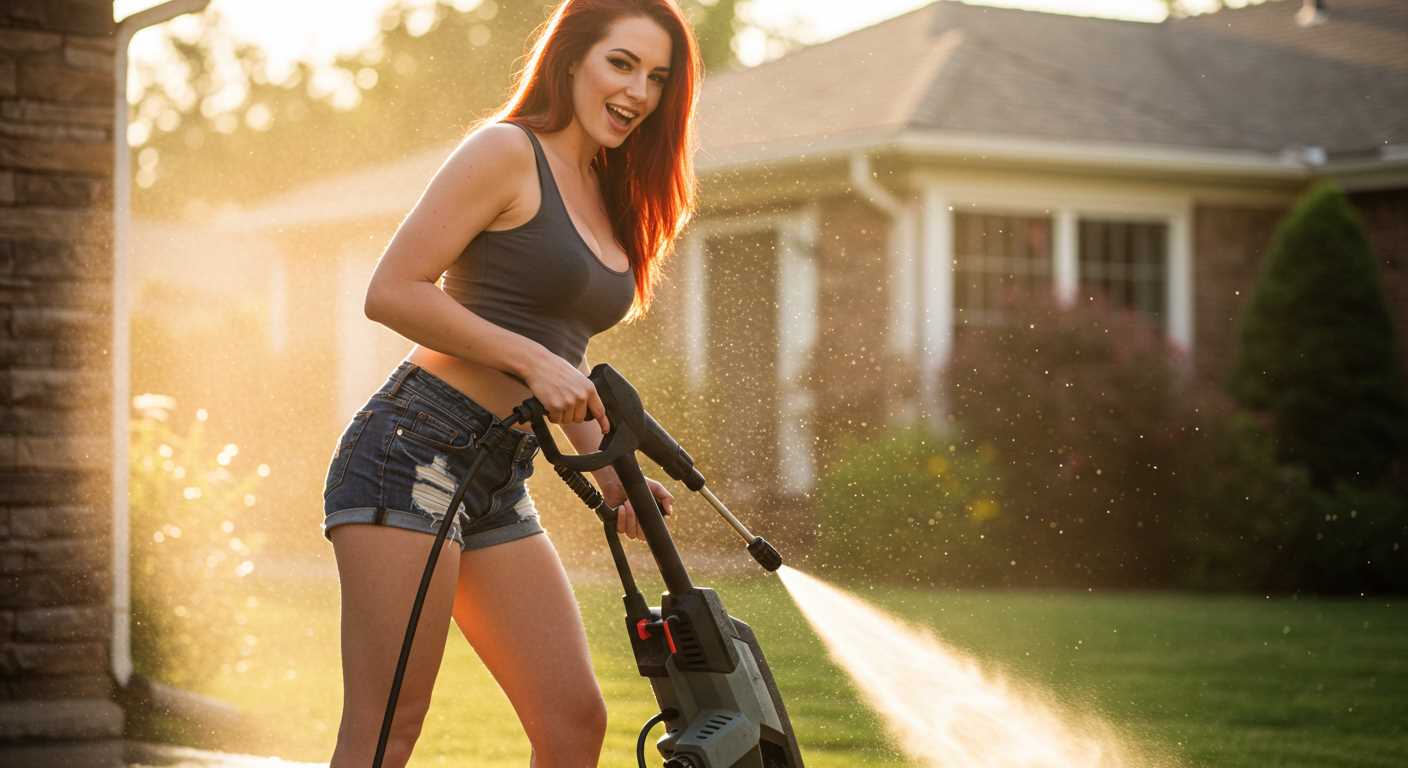
For high-performance cleaning tasks, I often recommend evaluating the various types of high-pressure machines available. Each category caters to specific needs and offers distinct advantages.
Electric Models are ideal for light to medium jobs around the home, such as cleaning patios, vehicles, and outdoor furniture. These units are generally quieter and require less maintenance. The typical PSI ranges from 1,300 to 2,000, making them suitable for smaller tasks. They’re easy to use with standard households power outlets which adds convenience.
Gasoline-Powered Units are designed for heavy-duty applications. With pressure ratings from 2,500 to 4,000 PSI, they excel in removing stubborn grime from larger surfaces such as garages, driveways, and commercial properties. Their portability allows for operation in remote areas without a power source, which can be immensely practical for professionals in the field.
Hot Water Systems are an advantage for industries that require the removal of grease and oil. By utilising heated water, these models effectively cut through tough residues, making them perfect for automotive shops or food service areas. Water temperatures can reach up to 200°F, ensuring optimal cleaning results.
Cold Water Machines are the most common type, suitable for general cleaning tasks. They operate efficiently at ambient temperatures and excel in straightforward applications. They tend to be lightweight and an economical option for domestic users.
Specialty Units equipped for specific tasks, such as electric hot water washers or trailers with built-in tanks, offer added versatility. These configurations allow users to optimise their approach based on the task requirements, whether it’s steaming surfaces or extended use in commercial settings.
When selecting a machine, assess the intended use and the frequency of tasks to ensure the right choice aligns with your cleaning objectives. It’s also critical to consider components, such as the nozzle types and pump construction, as they directly affect performance and user experience.
Size and Portability Considerations
In selecting a device for high-pressure cleaning tasks, size and portability significantly influence usability. Compact models are excellent for homeowners with limited storage space, easily fitting in garages or small sheds. They typically weigh less and often come with wheels, ensuring convenient manoeuvrability.
For those who frequently transport their cleaning unit, consider a lightweight variant with an ergonomic handle. Some designs integrate collapsible frames, making them even more manageable during travel.
Heavy-duty options, while powerful, can be cumbersome. If you plan to move your equipment around a larger property, look for units with large, puncture-resistant wheels. This feature enhances stability on uneven terrain, allowing for smoother movement.
Evaluate the water tank size as well; larger tanks mean longer runtime without interruptions for refilling. However, they add weight, so striking a balance between adequate capacity and portability is necessary.
In summary, assess the environment where you will be using the high-pressure cleaning apparatus. For residential use, a compact, lightweight model is usually sufficient. For commercial applications, consider durability and larger wheel sizes to facilitate movement across various surfaces.
Understanding the Nozzle Varieties and Their Uses
Choosing the right nozzle plays a significant role in achieving the desired outcome during cleaning tasks. Here are the main types of nozzles I recommend based on practical experience:
- Zero-Degree Nozzle: Produces a concentrated, powerful jet of water, perfect for tough stains and grime on hard surfaces. Use it cautiously, as the high pressure can damage certain materials.
- 15-Degree Nozzle: Delivers a slightly wider spray than the zero-degree option, making it suitable for stripping paint or cleaning concrete. Ideal for outdoor surfaces that require more muscle.
- 25-Degree Nozzle: Offers a balanced spray, effective for general cleaning tasks. Use it on decks, patios, and vehicles where a lesser intensity suffices.
- 40-Degree Nozzle: Creates the widest spray pattern, which is gentle enough for delicate surfaces. Great for washing windows or rinsing off vehicles without risking damage.
- Turbo Nozzle: This nozzle combines the benefits of a zero-degree and a wider spray, rotating the stream to enhance cleaning power. An excellent choice for stubborn stains on driveways and sidewalks.
Moreover, adjustable nozzles offer versatility, allowing you to switch between spray patterns easily. This feature is advantageous for users who handle various cleaning tasks. Always remember the importance of selecting the right nozzle for the job to maximise efficiency and protect surfaces.
Maintaining your nozzles is equally crucial. Regularly check for clogs or damage to ensure consistent performance. Using the correct angle and distance can also enhance cleaning effectiveness while prolonging the nozzle’s lifespan.
Electric vs Petrol: Visual Differences
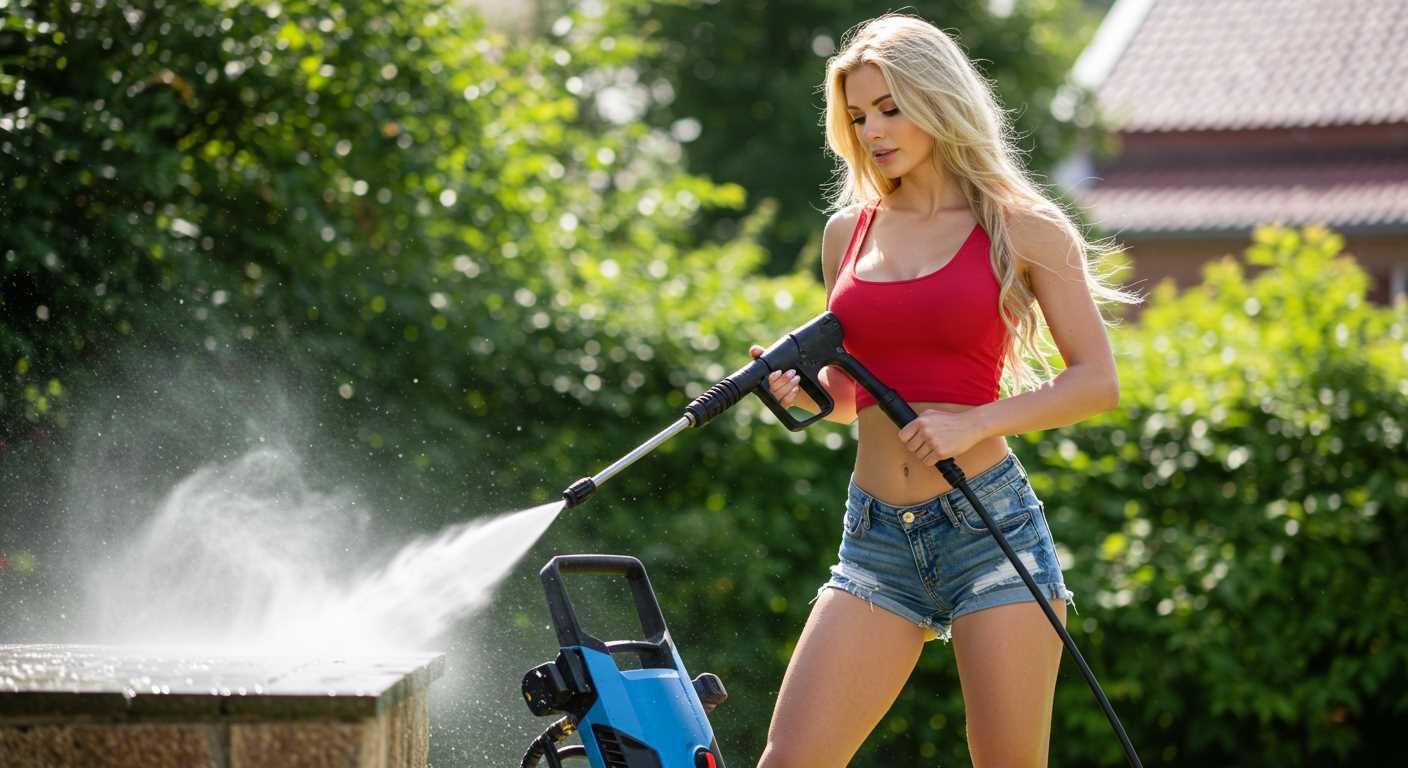
Electric models typically feature a compact and streamlined design. They are generally lighter, with a more minimalist aesthetic and a distinct lack of large fuel tanks. The presence of a power cord, which usually runs from the unit to a wall outlet, is a notable characteristic. The motors are often encased within a plastic housing, giving them a modern appearance.
On the other hand, petrol-driven varieties carry a robust and industrial look. They often boast larger frames to accommodate heavier engines and fuel storage. The wheels tend to be bigger and sturdier, suited for navigating rough terrain, while the handles are often reinforced for durability. You’ll frequently notice exhaust vents or covers, which contribute to a more rugged design.
Weight and Build
The weight difference is significant: electric units are manageable, making them easy to move around tight spaces. A lightweight body allows for simpler handling, especially on elevated surfaces. Conversely, petrol machines demand more muscle due to their heft, showcasing a build that emphasises sturdiness and resilience.
Control Interfaces
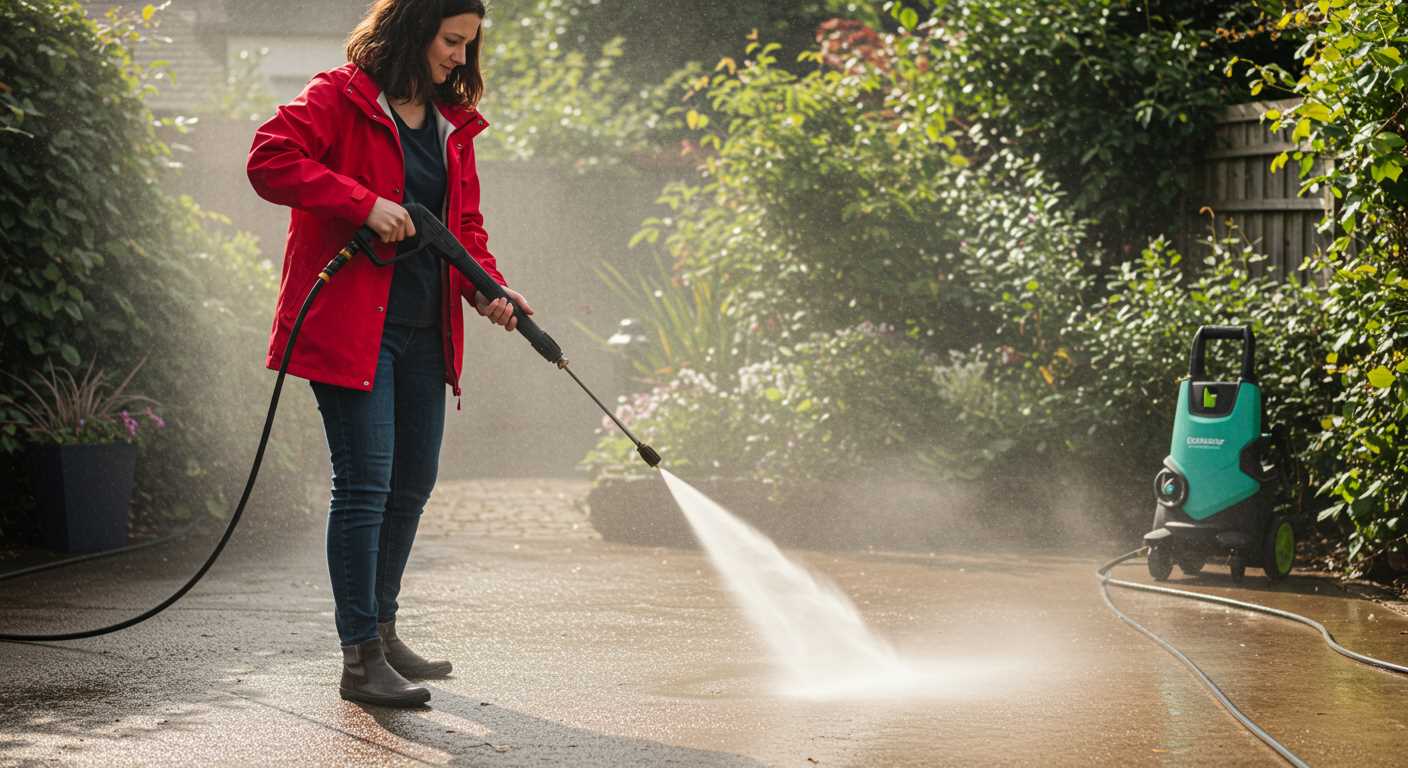
Control panels vary as well. Electric models often come equipped with simplified buttons and dials, sometimes even featuring LED indicators for power status. Petrol options, however, may include more complex controls, with choke settings and fuel gauges, reinforcing their mechanical nature.
In essence, the visual distinctions between these two types are striking and can easily dictate choice based on aesthetics and usability. It’s not just about the power source; the overall appearance gives insights into the intended application and performance capabilities.Choose wisely to suit practical needs and personal preferences.
Common Accessories and Attachments for Pressure Cleaners
For optimal performance, selecting the right accessories can significantly enhance your experience. Here are some of the most useful attachments available:
| Accessory | Purpose |
|---|---|
| Rotary Brush | Perfect for scrubbing surfaces, particularly effective on driveways and patios. |
| Surface Cleaner | Ideal for cleaning large flat areas quickly, ensuring an even finish. |
| Foam Cannon | Sprays thick foam for optimal cleaning of vehicles and delicate surfaces. |
| Extension Wands | Allows you to reach high or hard-to-access areas without a ladder. |
| Nozzle Tips | Differing angles and sizes for various tasks; from wide spray to pinpoint streams. |
| Water Hoses | High-quality hoses are essential for seamless water flow and pressure maintenance. |
Rails or holders for the accessories often make storage convenient and organised. Additionally, investing in protective attire ensures safety during use. Sourcing these accessories from reputable manufacturers will guarantee longevity and compatibility with your device.
Testing different combinations based on your cleaning tasks can lead to discovery of new methods and efficiencies. Evaluate your specific needs and budget to select the most beneficial attachments.
Maintenance Indicators and Signs of Wear
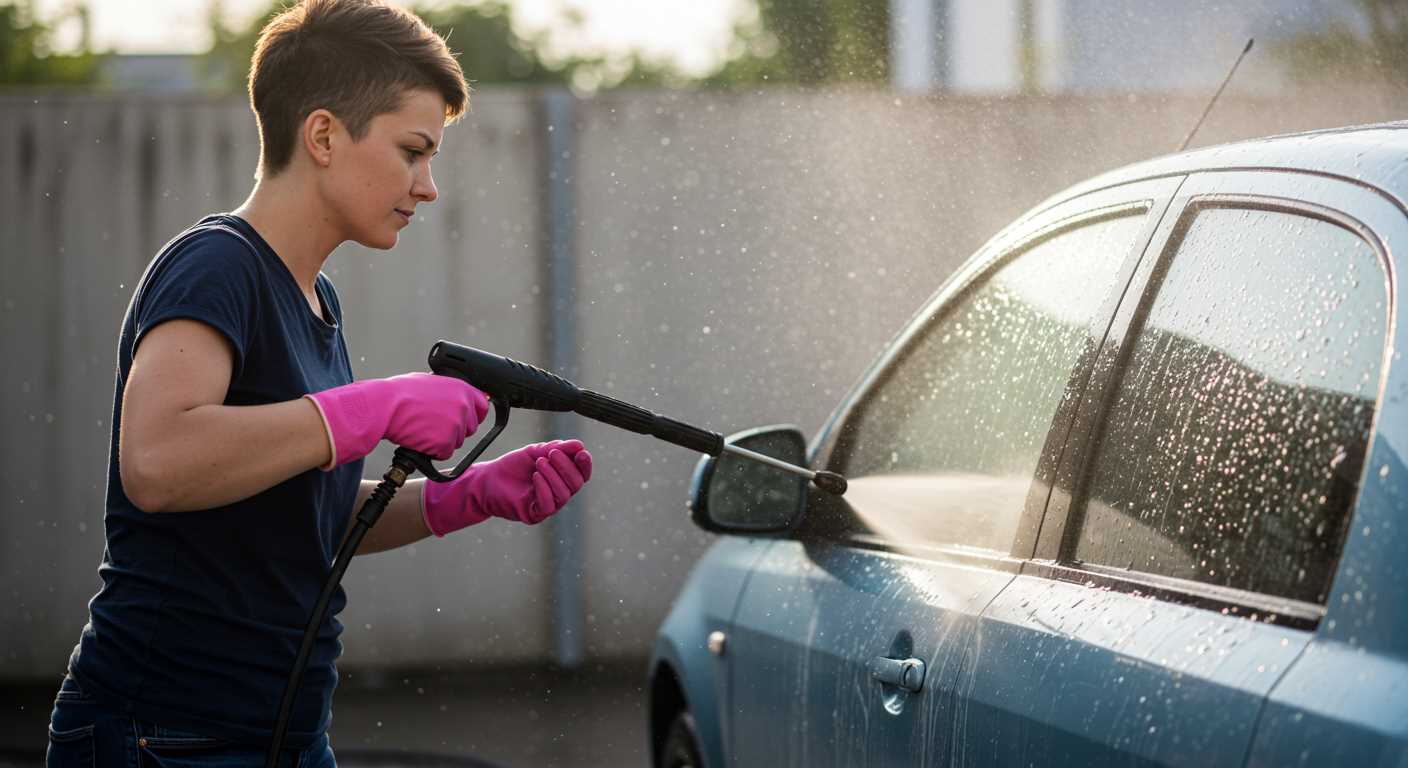
Check your equipment for specific signs of wear to maintain optimal performance. Look out for the following indicators:
- Unusual Noises: Any sudden or persistent changes in sound can signal an issue. Grinding, rumbling, or whining noises may indicate that components need attention.
- Leaks: Inspect hoses, connections, and seals for leaks. Even small drips can escalate into bigger problems, affecting pressure and efficiency.
- Reduced Performance: A noticeable drop in cleaning power may suggest clogged filters or wear in the pump. Test the serviceability regularly to ensure it meets the required pressure levels.
- Frayed Hoses: Inspect the hoses for signs of wear such as cracks, fraying, or bulging. Damaged hoses can lead to serious malfunctions and should be replaced promptly.
- Dirt Build-up: Accumulation of grime on the machine can impact functionality. Regular cleaning is vital to prevent deterioration of components.
- Worn Seals and O-Rings: Examine seals for rigidity or cracks. These are common wear points that can lead to leaks and pressure loss.
It’s advisable to perform routine inspections at least every few months or after several uses. Keeping an eye on these indicators can prolong the lifespan of your cleaning device and enhance its reliability during use.
Remember to consult the manufacturer’s guidelines for specific maintenance intervals and tasks to ensure optimal care.










